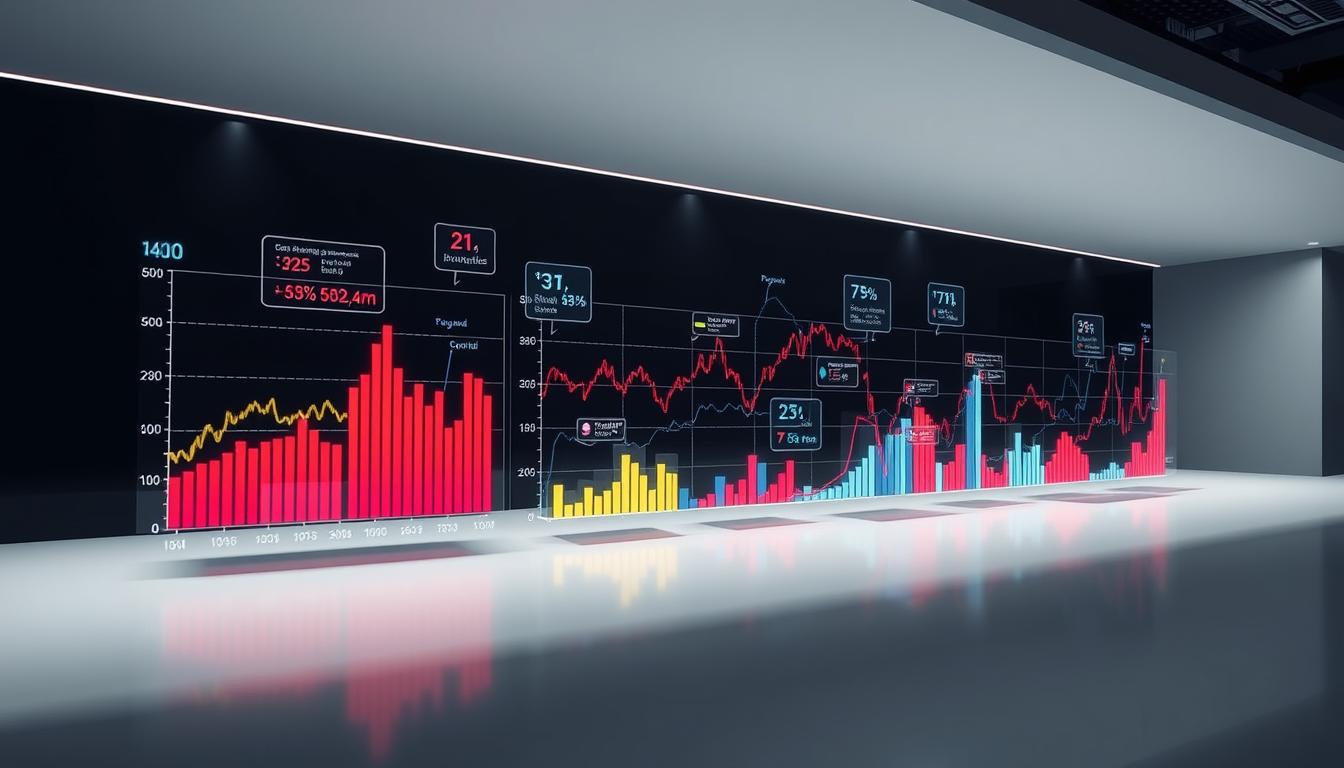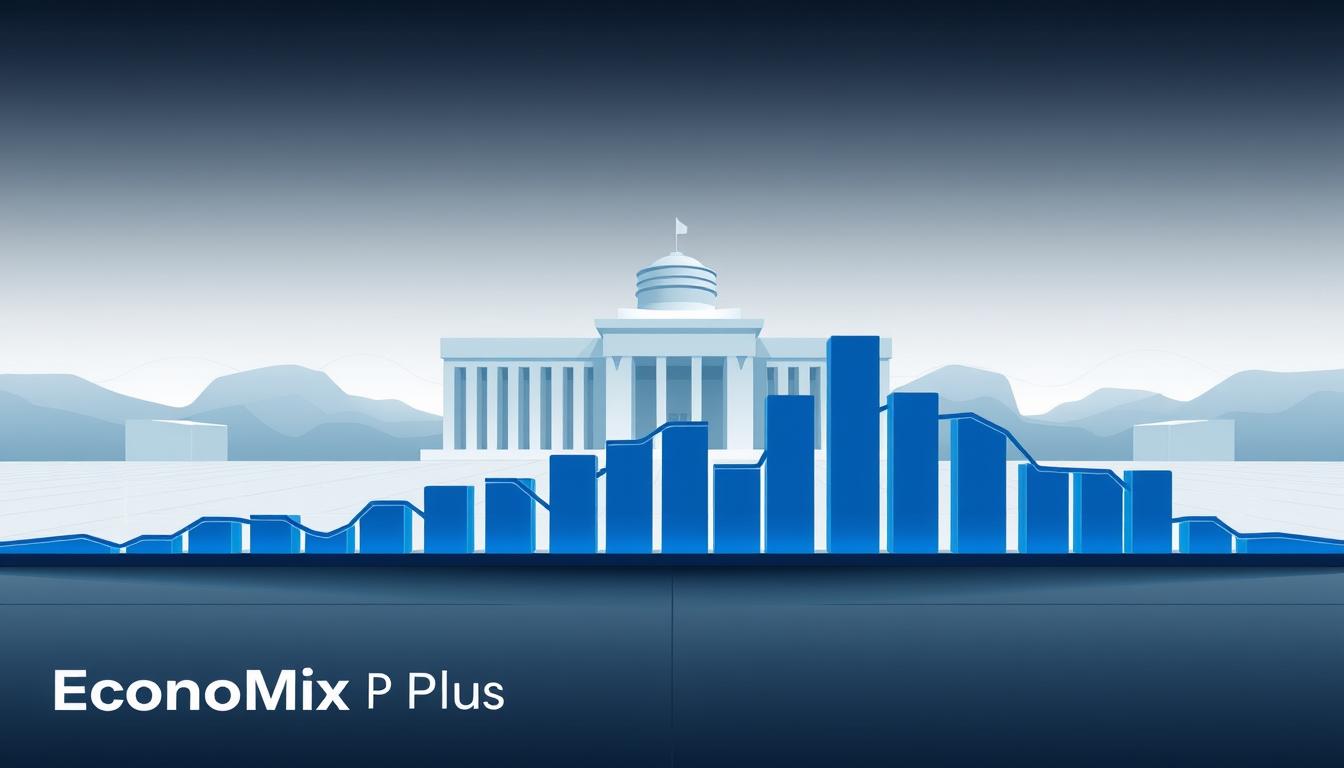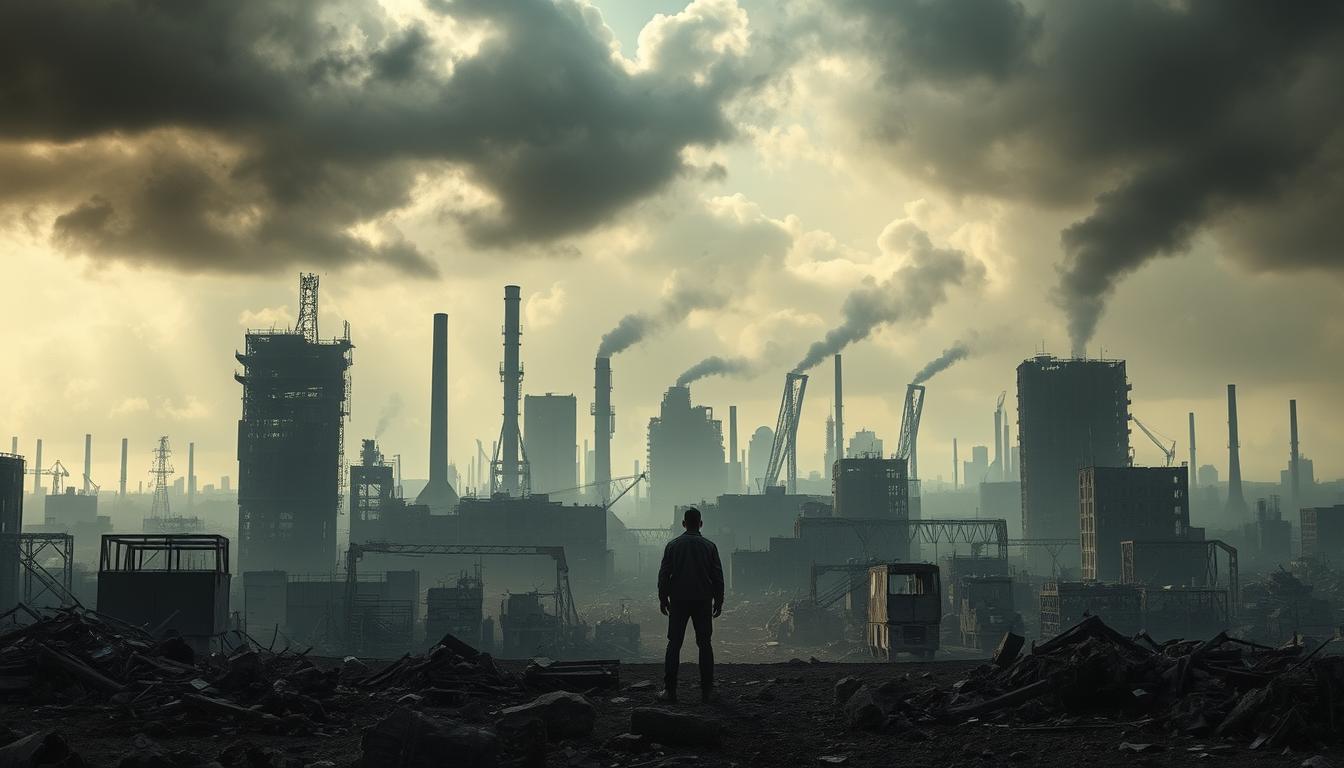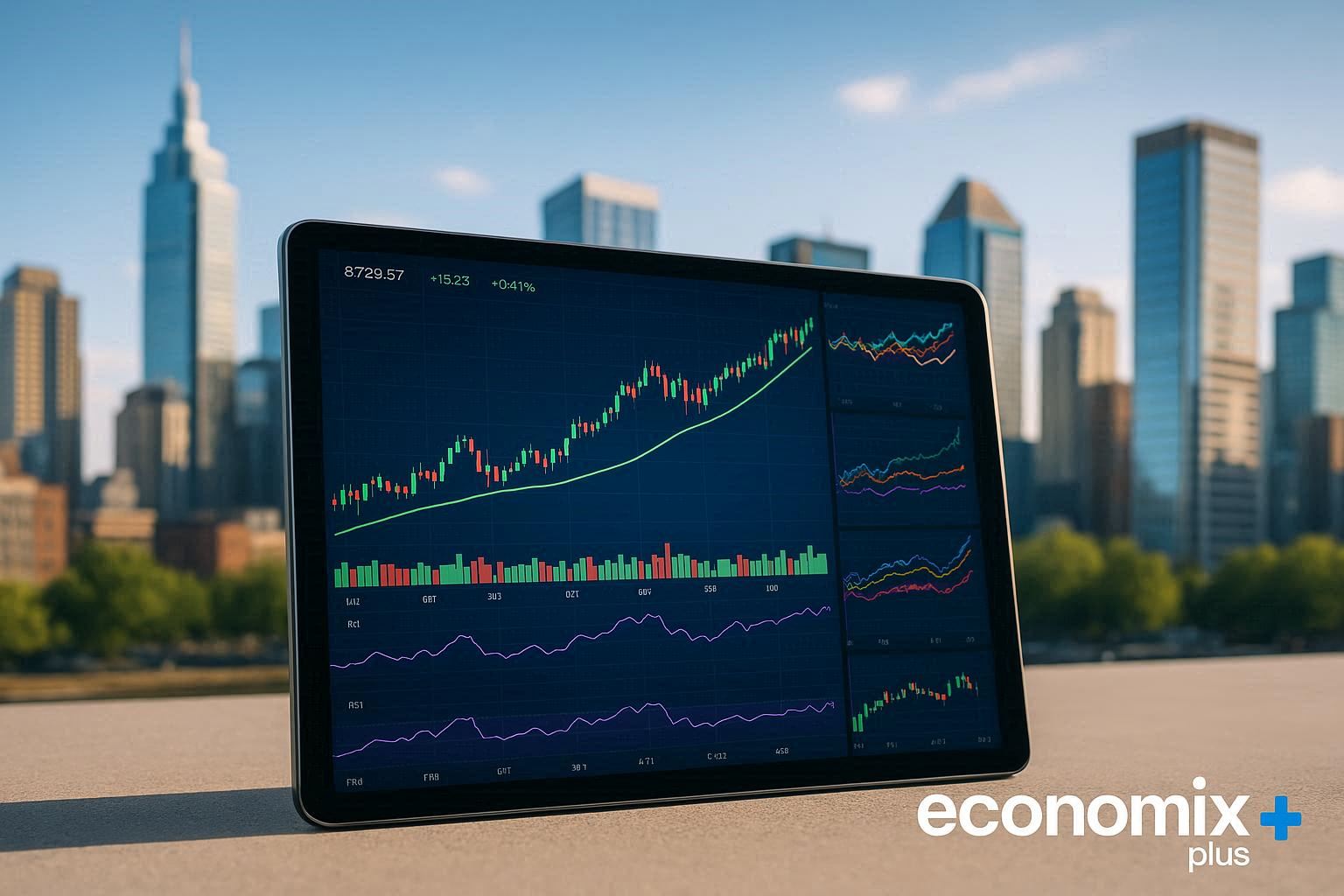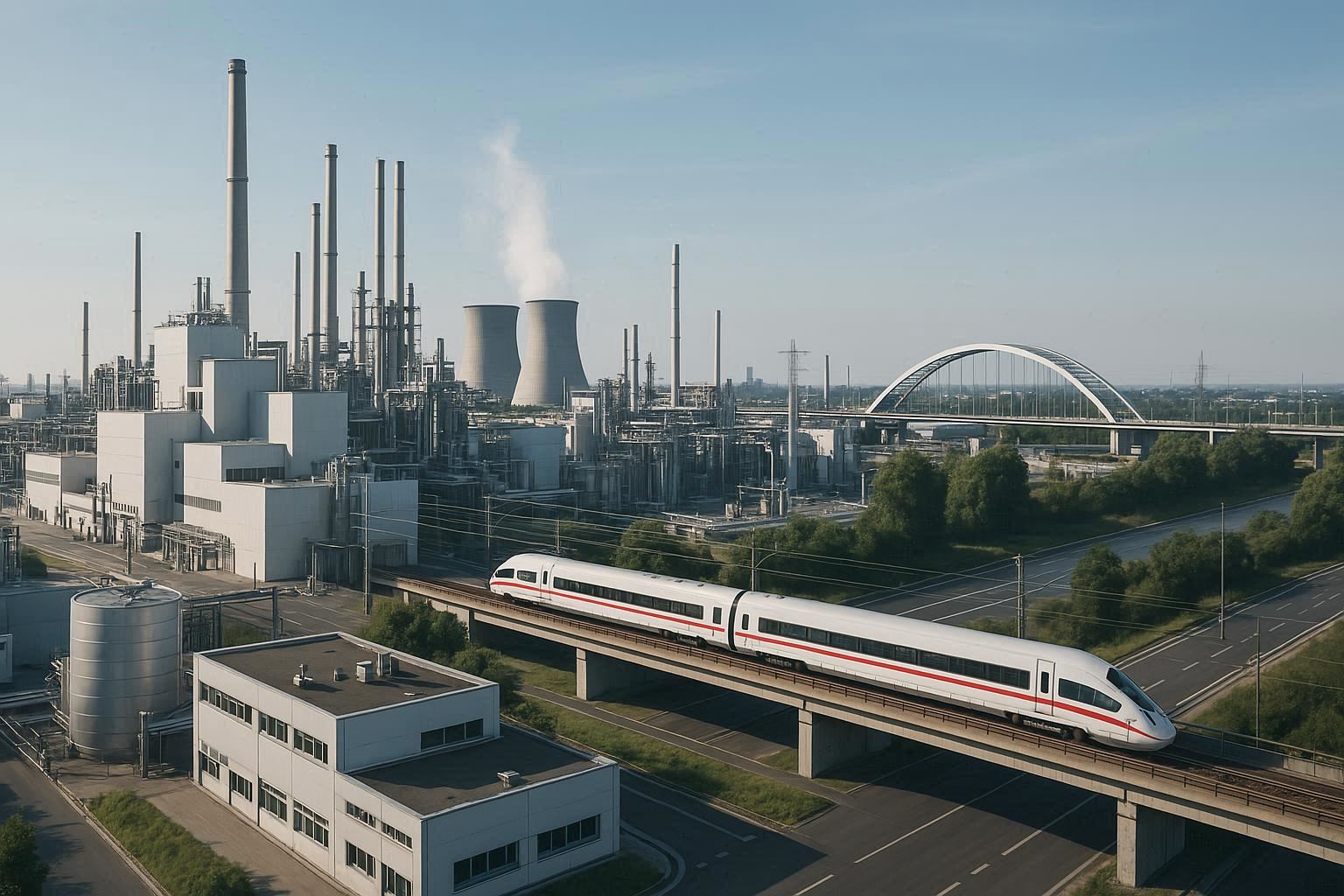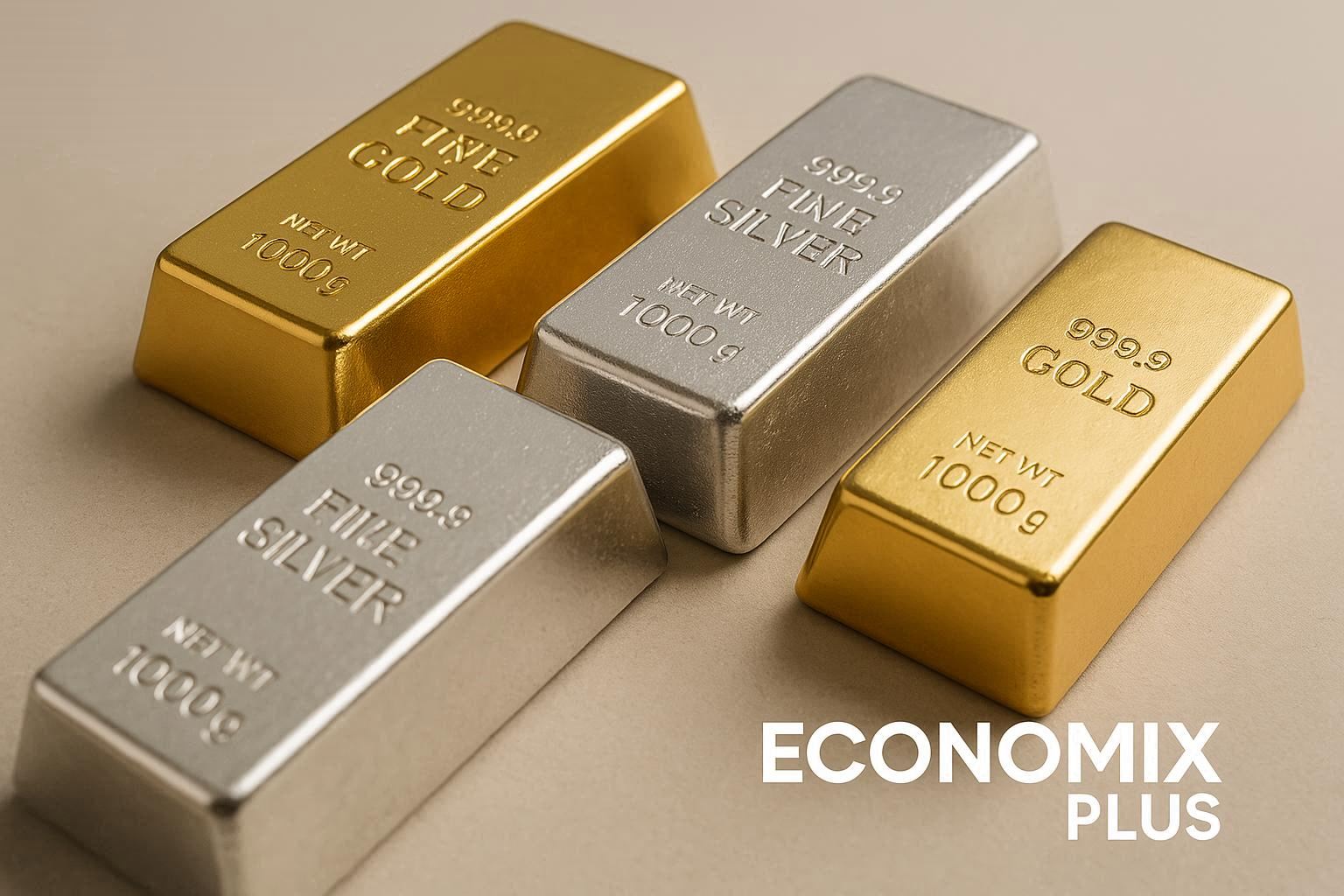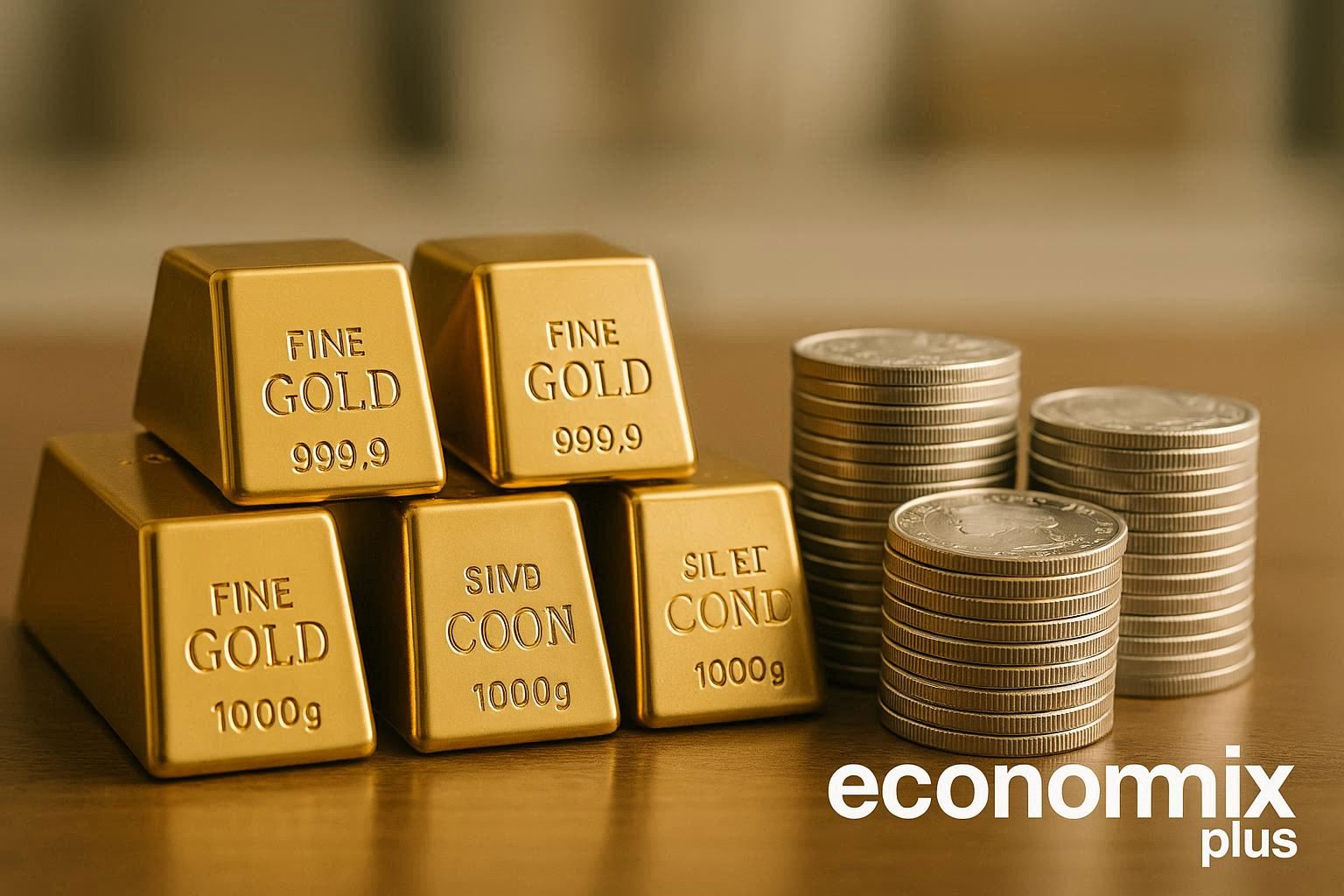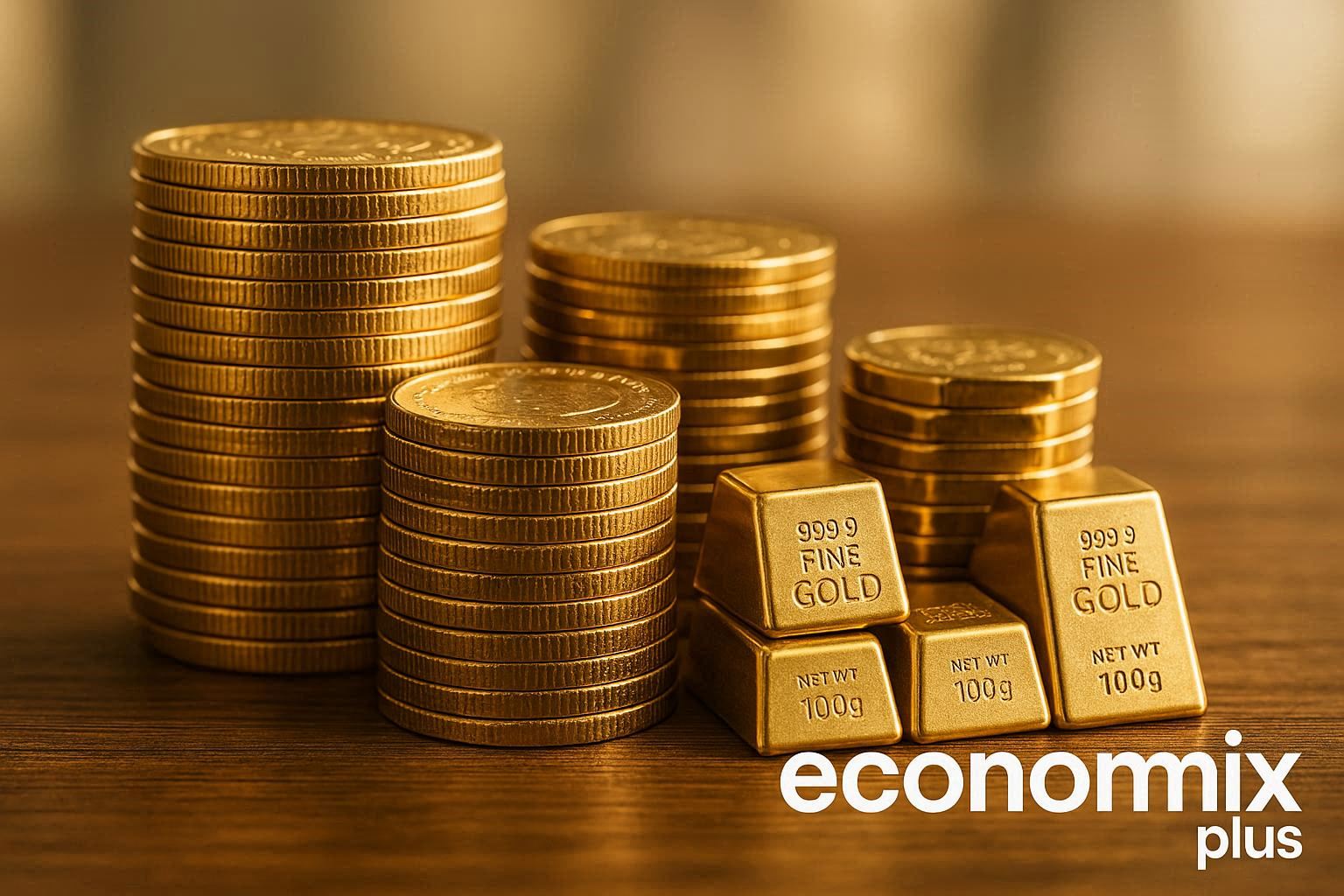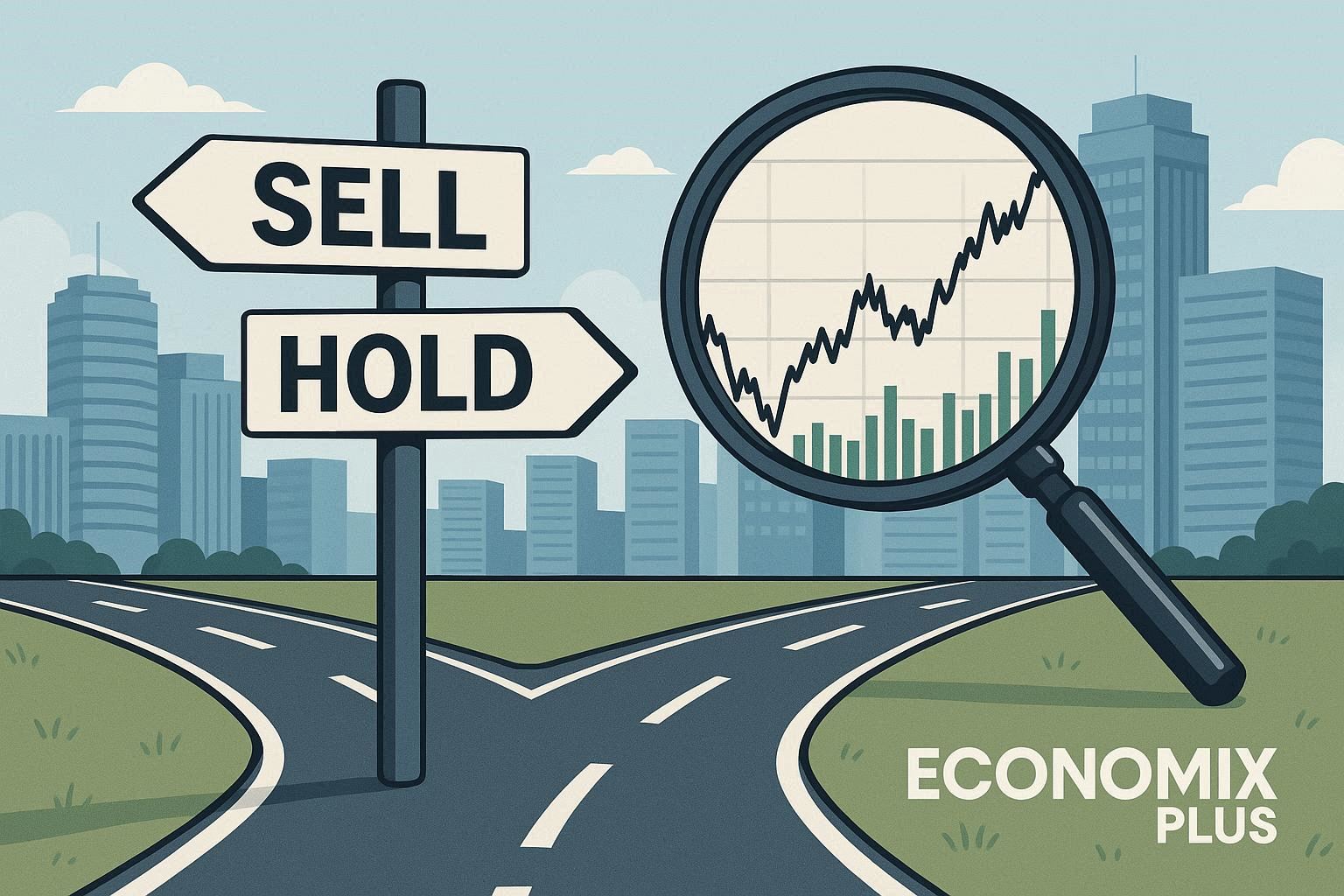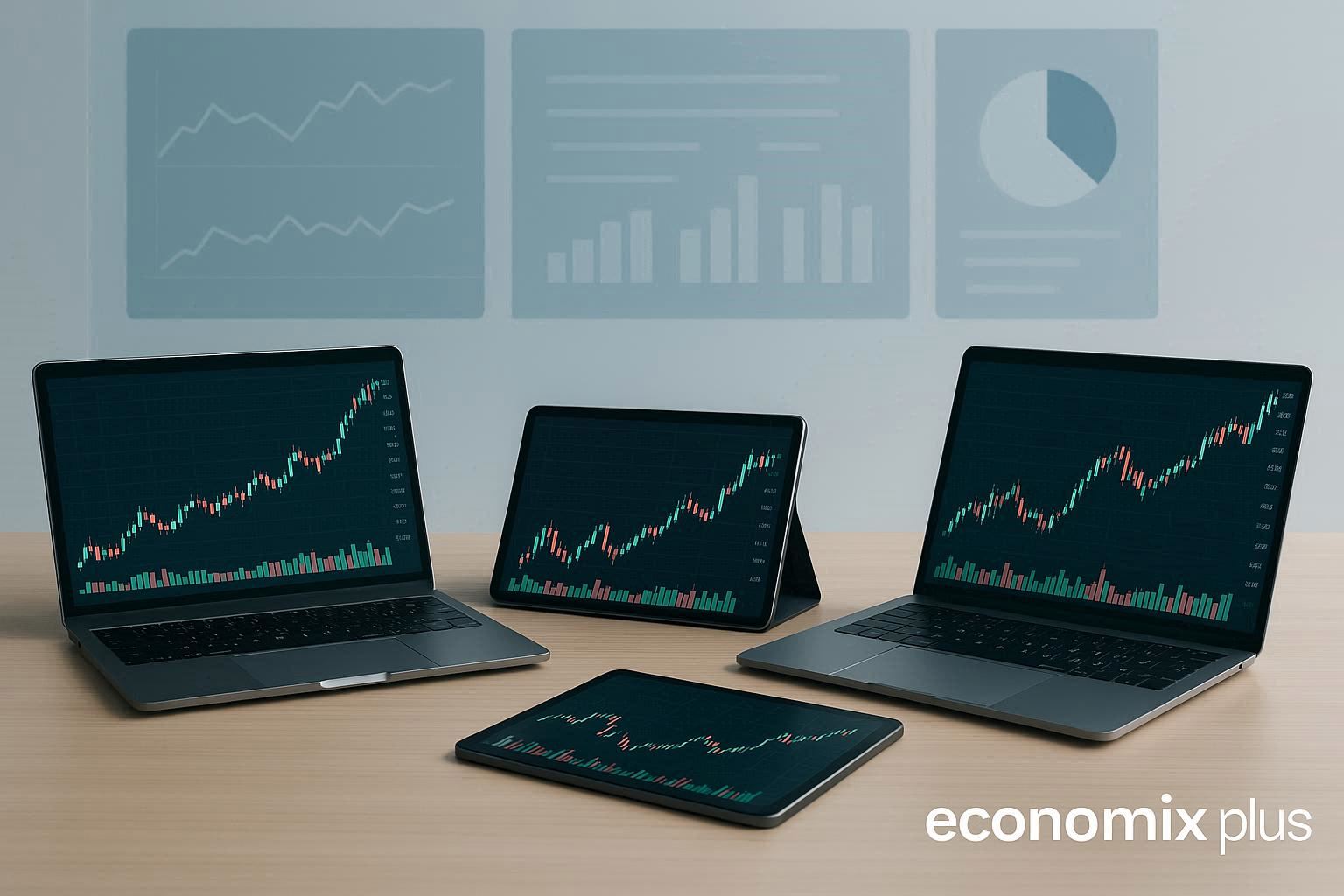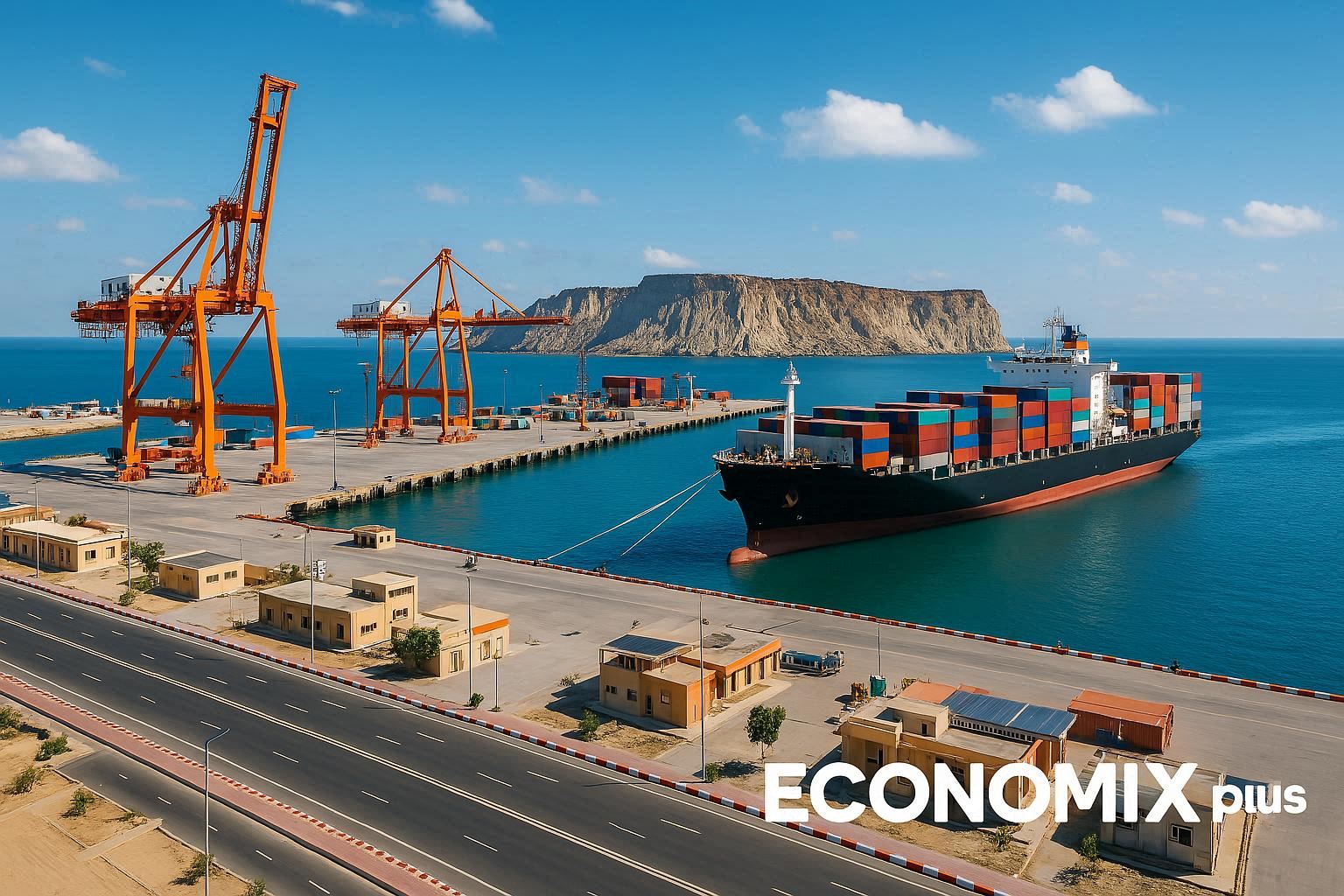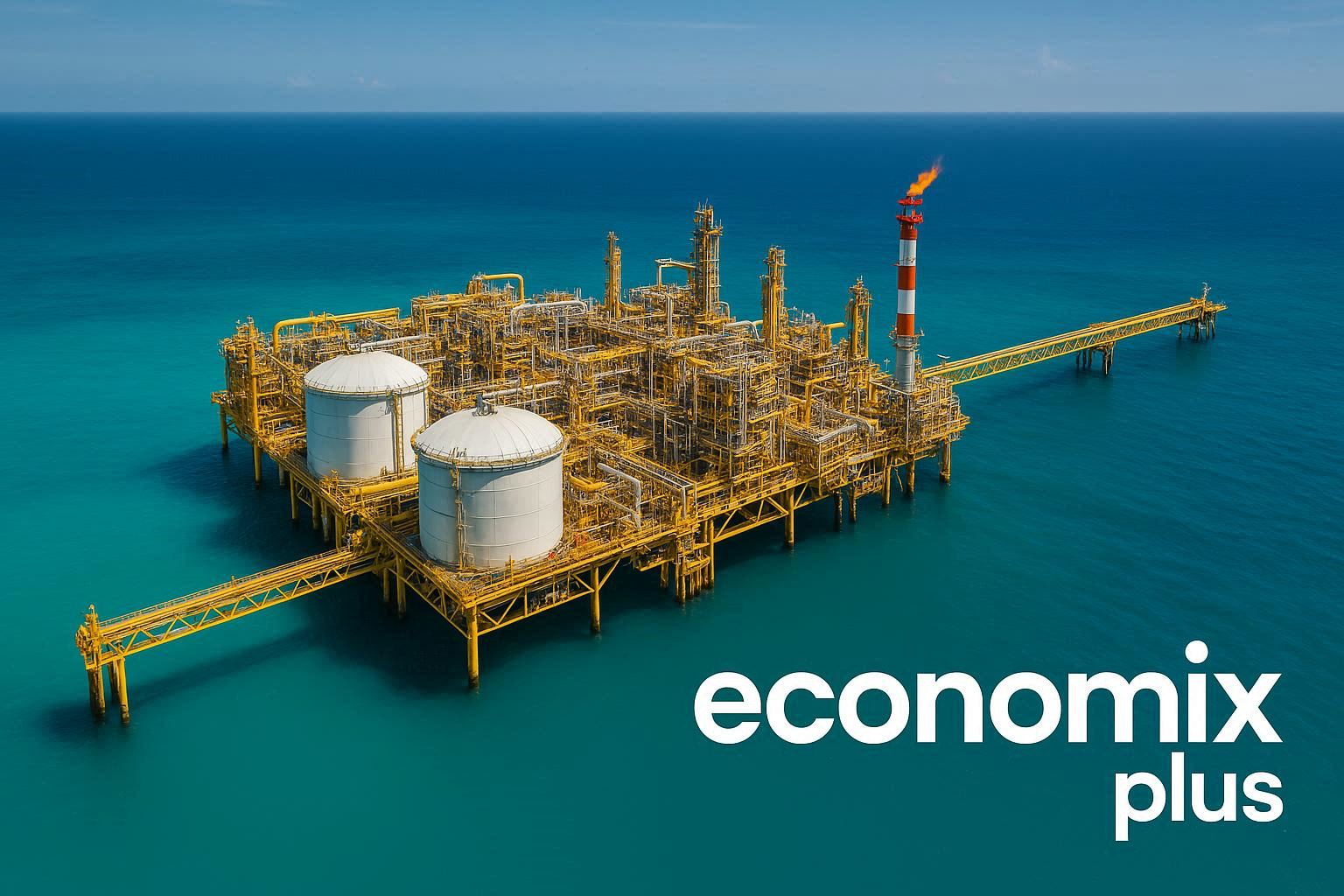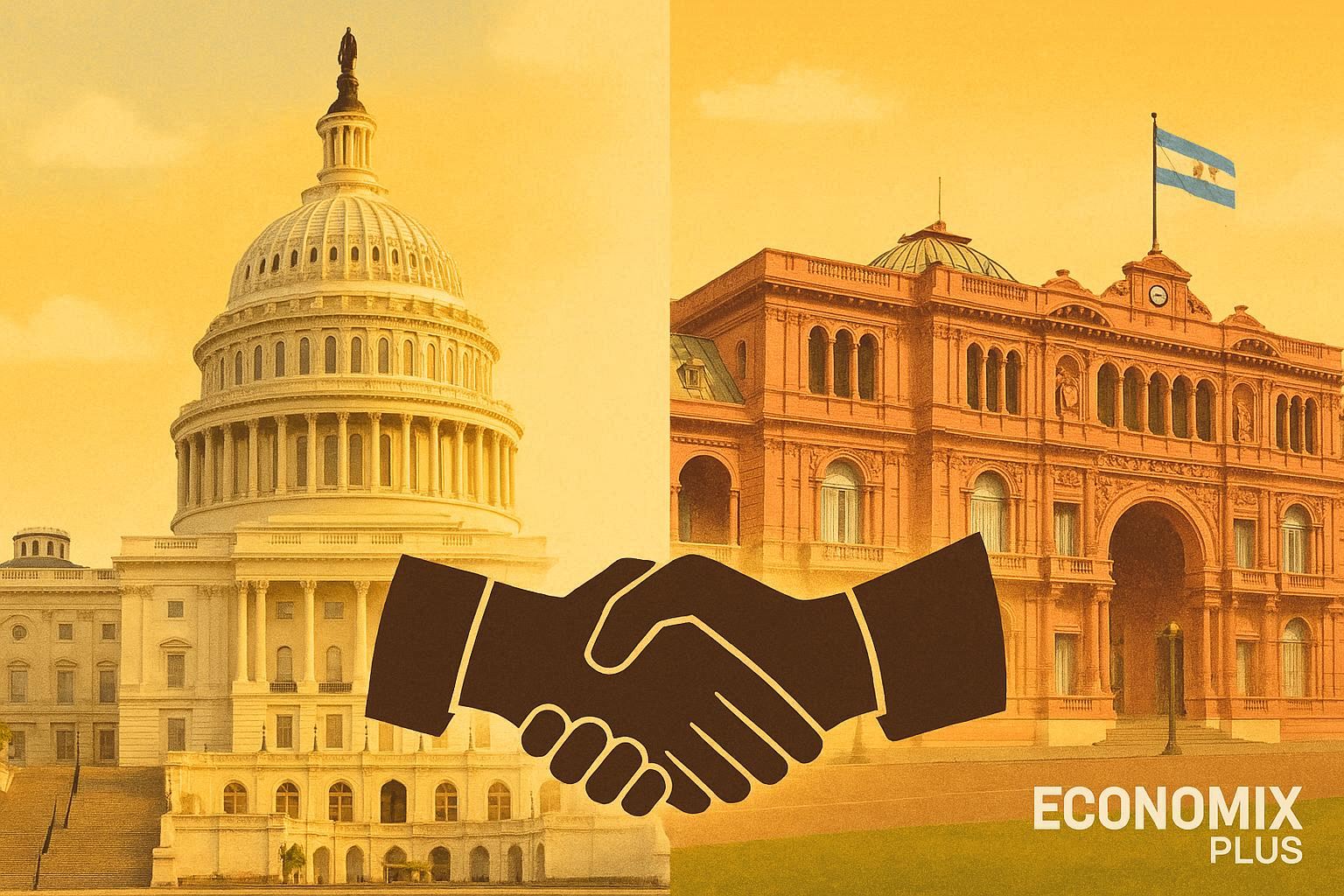What if the money in your wallet today could buy only half as much as it did a decade ago? This silent erosion of purchasing power reshapes lives, businesses, and entire economies. Over time, rising costs for everyday items like groceries, fuel, and housing force consumers to make tough choices while governments scramble to stabilize markets.
Historical patterns reveal startling shifts. For example, understanding historical purchasing power shows $100 in 1850 equals nearly $4,100 today. Such dramatic changes highlight how money loses value when economies face disruptions like supply shortages or policy shifts.
Central banks monitor these trends closely, balancing growth with stability. Recent events – from global crises to shifting consumer habits – amplify pressure on prices. This section explores the forces quietly reshaping what your money can achieve and why these patterns matter for everyone.
Key Takeaways
- Purchasing power declines when prices rise faster than incomes
- Supply chain issues and production costs often push goods higher
- Government policies directly influence economic stability
- Consumer demand shifts can create pricing imbalances
- Historical comparisons reveal long-term trends in value erosion
Introduction to Inflation and Its Impact
Imagine your grocery bill climbing steadily each month while your paycheck stays flat. This gradual squeeze on budgets illustrates inflation’s real-world effects, creating a scenario where families must make difficult choices about their spending. As prices for essential items rise, consumers may find themselves cutting back on non-essential purchases or seeking cheaper alternatives to stretch their dollars further.
Economists track these changes through tools like the consumer price index, which measures price movements across common goods and services. This index serves as a crucial indicator of inflation, reflecting how much more or less consumers need to pay for the same basket of goods over time, thus providing insights into the economic health of a nation.
What Is Inflation?
Inflation occurs when the general cost of living rises over time. The consumer price index acts as a thermometer for this economic fever, tracking price shifts in housing, food, and transportation. When demand for products outpaces available supply, demand-pull inflation pushes costs upward.
This dynamic reduces purchasing power – the real value of money. A dollar today buys less than it did five years ago for many essentials. Central banks use various price index calculations to gauge whether these trends require policy adjustments.
The State of Inflation in the United States
Recent data shows U.S. inflation moderating but remaining persistent. The consumer price index rose 3.7% year-over-year through September 2023, with housing and services leading the increase prices. This follows 2022’s peak of 9.1% – the highest jump in four decades.
While fuel costs have stabilized, grocery bills remain 25% higher than pre-pandemic levels. These pressures demonstrate how inflation occurs through multiple channels, from global crop shortages to shifting workforce dynamics. Understanding these mechanisms helps households and policymakers navigate economic uncertainty.
Understanding the Mechanisms of Inflation
Why do goods suddenly cost more even when wages stay stagnant? The answer lies in two powerful forces: rising expenses for businesses and shifting habits among shoppers. These elements work together to shrink what each dollar can buy, creating ripple effects across the economy. As businesses face increasing costs for raw materials, transportation, and labor, they often find it necessary to raise prices to maintain their profit margins.
This increase in operational costs is compounded by changes in consumer behavior, where shoppers may prioritize certain goods over others, leading to uneven demand and further price fluctuations. The result is a complex interplay that not only affects individual purchasing decisions but also shapes broader economic trends, creating a cycle of inflation that can be challenging to break.
Inflation as the Devaluation of Money
When companies face higher production costs – like pricier raw materials or increased wages – they often pass these expenses to consumers. This triggers cost-push inflation, where goods become more expensive without a surge in demand. For example, if fuel prices jump, transportation fees rise, making store shelves reflect those added costs.
Labor shortages or supply chain delays amplify this effect. Businesses may raise prices to maintain profits, accelerating the cycle. As one economist notes:
“Every link in the supply chain contributes to the final price tag.”
The Role of Purchasing Power
Simultaneously, spending patterns evolve. When households prioritize essentials over luxuries, companies adjust prices to match reduced demand. However, persistent spending on limited supplies – like housing in crowded cities – can push costs upward despite economic pressures.
Over time, this dual dynamic erodes purchasing power. A dollar today buys fewer groceries or gallons of gas than it did five years ago. These changes compound quietly, reshaping budgets and forcing tough trade-offs for families and businesses alike.
Primary Sources of Inflation Pressure
Have you noticed how a tank of gas now costs more than a week’s worth of coffee? This stark contrast highlights the growing financial strain on consumers. Behind these everyday price jumps lie two distinct forces reshaping economies. One stems from business expenses, driven by fluctuating oil prices and supply chain disruptions, while the other emerges from consumer behavior patterns, where demand surges for essential goods. As people prioritize necessities over luxuries, the dynamics of supply and demand shift, causing prices to rise further.

Cost-Push Inflation Explained
When oil prices surge or raw materials become scarce, businesses face higher input costs. These expenses ripple through supply chains. A 2023 energy crisis example shows diesel prices spiking 45% in six months, pushing delivery fees and manufacturing charges upward.
Companies often pass these rising costs to consumers. Farm equipment repairs grow pricier due to steel shortages. Grocery stores then raise bread prices as wheat transport gets costlier. This domino effect creates sustained upward pressure.
Demand-Pull Inflation Dynamics
Contrast this with packed restaurants during holiday seasons. When many buyers chase limited tables or products, businesses hike rates. Post-pandemic travel demand illustrates this – airline ticket prices jumped 28% as vacationers flooded bookings.
Tech releases like new smartphones show similar patterns. Frenzied early adoption lets manufacturers charge premium prices before supply meets demand. These consumer-driven surges temporarily distort market balances.
Key Factors Driving Price Inflation
Why does a restaurant meal cost twice as much as it did five years ago? The answer lies in two interconnected forces shaping modern economies: business expenses and consumer behavior. These elements create a perfect storm that reshapes what people pay for essentials and luxuries alike. As businesses grapple with rising costs of ingredients, labor, and overhead, they are compelled to pass these expenses onto consumers.
Simultaneously, consumer behavior has shifted, with many individuals willing to pay more for dining experiences that offer quality and convenience. This willingness can lead to higher demand, which further drives prices up, creating a cycle where both sides of the market influence the final cost of a meal. Understanding this dynamic helps clarify why restaurant prices have surged so dramatically in recent years.
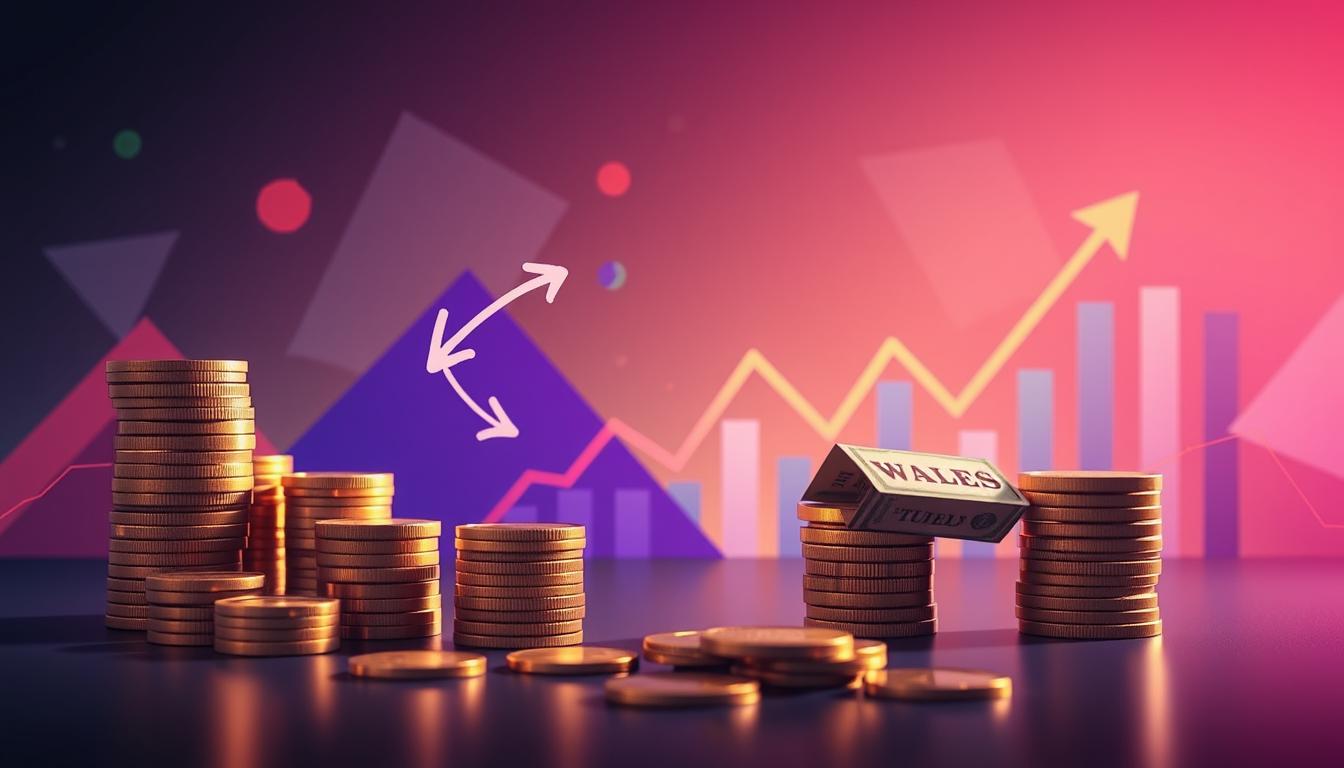
Influence of Production Costs and Wages
Businesses face mounting expenses for materials and labor. A 2023 Bureau of Labor Statistics report showed manufacturing wages rose 5.2% annually since 2020. When steel prices jump or energy bills climb, companies often adjust prices for goods and services to protect profit margins.
One bakery owner explained:
“Flour costs doubled last year – we had to raise bread prices just to stay open.”
This ripple effect impacts everything from auto repairs to daycare fees as providers pass alonghigher operational costs.
Market Demand and Supply Constraints
Limited availability meets shopper urgency in crowded markets. Housing shortages in sunbelt cities pushed rent prices up 18% since 2021 despite rising interest rates. When demand outpaces supply, businesses gain leverage to increase rates.
Recent tech launches demonstrate this dynamic. Gamers paid 30% premiums for graphics cards during semiconductor shortages. Service industries face similar pressures – fewer contractors mean higher renovation quotes. These imbalances create temporary but impactful price surges across sectors.
Government and Central Bank Interventions
When prices climb faster than paychecks, who steps in to hit the brakes? Policymakers deploy two main tools to cool overheating economies: monetary adjustments and strategic spending. These efforts aim to stabilize markets without stifling progress. Monetary adjustments involve altering interest rates and reserve requirements to influence borrowing costs and spending behavior among consumers and businesses.
On the other hand, strategic spending focuses on targeted investments in key sectors, such as infrastructure and social programs, to stimulate economic activity while addressing specific areas of concern. By carefully balancing these approaches, authorities strive to ensure that economic growth continues without leading to unsustainable inflationary pressures.
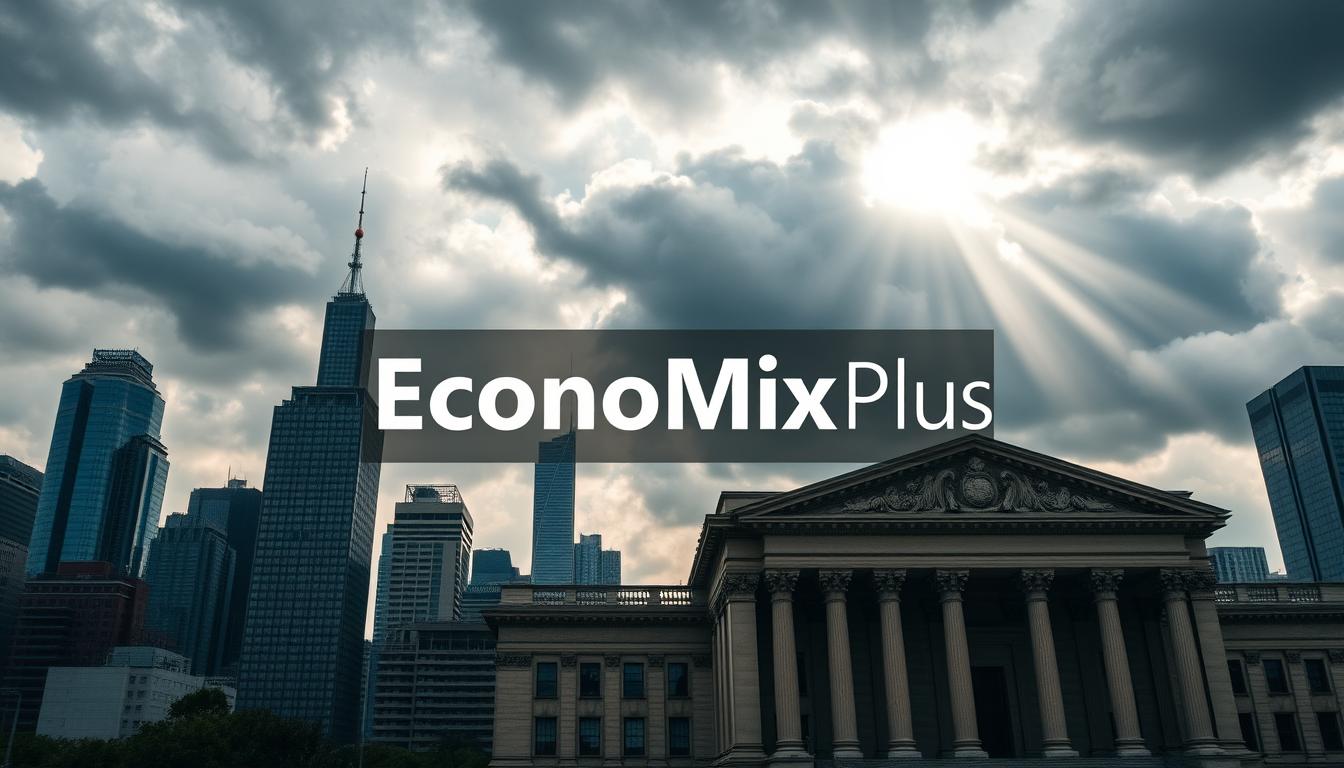
Monetary Policy Measures
Central banks often raise interest rates to reduce borrowing and spending. Higher loan costs discourage businesses and consumers from taking on debt, slowing demand. The Federal Reserve increased rates seven times in 2022-2023, aiming to curb persistent price increases.
One Fed official stated:
“Our goal is balancing economic growth with price stability – it’s a delicate calibration.”
Banks also adjust reserve requirements, limiting how much lenders can circulate.
Fiscal Policy and Economic Stimulus
Government spending programs target specific pressure points. Infrastructure investments boost job creation while easing supply bottlenecks. During the 2021 recovery, stimulus checks increased consumer purchasing power but also contributed to temporary demand surges.
Tax policies play a dual role. Reducing corporate taxes can encourage businesses to expand operations, while targeted rebates help households manage essential costs. These moves require precise timing to avoid fueling further price hikes.
Inflation Expectations and Consumer Sentiment
How do shoppers’ beliefs about tomorrow’s prices change what they buy today? Public perceptions of future costs create ripple effects across economies. When households anticipate higher rates, they often act in ways that accelerate or soften price movements. For instance, if consumers expect prices to rise, they may rush to purchase items before costs increase, thereby driving demand up in the short term. Conversely, if they believe prices will stabilize or decrease, they might postpone purchases, leading to a slowdown in spending.
This behavior not only influences individual buying decisions but also shapes broader economic trends, affecting everything from inventory levels to production schedules. Such shifts in consumer sentiment can have significant implications for inflation, as heightened demand can lead to price increases, while reduced spending can ease inflationary pressures.
Anchored Versus Unanchored Outlooks
Anchored expectations occur when consumers trust institutions to maintain stable prices long-term. This mindset encourages gradual spending rather than panic buying. For example, during 2022’s energy crisis, many delayed car purchases believing fuel costs would stabilize.
In contrast, unanchored expectations spark immediate action. A Federal Reserve study found workers demanded 6% wage hikes when they feared 5% annual inflation – creating a self-fulfilling cycle. Retailers then raised prices to cover labor expenses, validating those fears.
“Expectations don’t just predict inflation – they manufacture it through daily decisions.”
These dynamics reshape value perceptions over time. Shoppers comparing today’s grocery bills to 2019 prices often feel sticker shock, even if recent monthly increases slow. Businesses track these sentiments to adjust pricing strategies, creating feedback loops between beliefs and economic reality.
Historical cases like 1970s oil crises show how unanchored outlooks can persist for years. When consumers expect endless hikes, they prioritize immediate purchases – from stocking freezers to prepaying services. This urgency strains supplies, pushing the inflation rate upward despite policy interventions.
Global Events and Supply Chain Disruptions
How does a drought in Brazil or a ship stuck in the Suez Canal make your grocery bill climb? International crises create shockwaves that ripple through supply networks, pushing costs upward for everyday essentials. These disruptions weaken the efficiency of global trade systems, leaving businesses and consumers to absorb the impact.
For instance, when shipping routes are compromised, the delays can lead to shortages of key products, which further exacerbates price increases. As consumers face rising costs, they may alter their purchasing habits, opting for cheaper alternatives or reducing their overall consumption, which can have a cascading effect on market dynamics and supplier strategies.
Impact of International Market Events
Geopolitical conflicts often trigger immediate price jumps. When Russia invaded Ukraine in 2022, global wheat supplies dropped 12%, causing bread prices to surge 19% in U.S. supermarkets. Shipping routes rerouted around conflict zones add weeks to delivery times – a delay that raises fuel expenses and storage fees.
Natural disasters compound these challenges. A 2023 drought in Panama reduced canal traffic by 30%, forcing cargo ships to take longer routes. This bottleneck increased shipping costs for electronics and auto parts by $2,000 per container. Retailers then pass these added expenses to shoppers through higher product prices.
The services sector faces similar pressures. Airline ticket costs jumped 22% after volcanic ash clouds grounded European flights in 2021. Hotel rates in disaster-prone areas often spike when reconstruction crews book entire blocks of rooms. These increases demonstrate how localized events create global pricing domino effects.
One logistics manager noted:
“Modern supply chains operate on razor-thin margins – one broken link can collapse the whole system.”
Reduced power in distribution networks leaves fewer alternatives during crises. When factories shut down or ports congest, businesses struggle to source materials quickly. This scarcity lets suppliers charge premium rates, accelerating domestic inflation trends tied to overseas instability.
Tools and Metrics for Measuring Inflation
Accurately gauging economic shifts requires reliable measurement tools. Economists and policymakers rely on several indices to track price movements across different sectors, including those that measure consumer behavior and production costs. These metrics help identify trends, inform decisions, and assess policy effectiveness without speculative bias.
For instance, by analyzing the fluctuations in these indices, stakeholders can better understand the underlying causes of inflationary pressures and respond appropriately to stabilize the economy. Additionally, the ability to monitor these changes over time allows for a more nuanced view of economic health, which is essential for crafting informed fiscal and monetary policies.
Consumer Price Index (CPI) and Producer Price Index (PPI)
The CPI tracks price changes for a basket of common goods and services, from groceries to healthcare. Updated monthly, it reflects what urban households actually pay. For example, a 0.4% rise in the January 2024 CPI signaled persistent pressure on rent and transportation costs.
Meanwhile, the PPI monitors input expenses for manufacturers. When lumber prices spike, this index often predicts future furniture or construction cost hikes. Together, these tools create a dual lens for how the government measures inflation at both consumer and production stages.
GDP Deflator and PCE Price Index Overview
The GDP deflator measures economy-wide price shifts by comparing current output values to base-year costs. Unlike CPI, it automatically adjusts for new products and spending patterns. During tech booms, this metric often shows milder inflation due to rapid innovation-driven price drops.
Federal Reserve officials favor the PCE Price Index for its broader scope. It includes business expenditures and substitutes cheaper alternatives when prices rise – mimicking real-world consumer behavior. In Q4 2023, the PCE rose 2.6%, aligning with the Fed’s 2% target more closely than CPI figures.
Strategies for Navigating Inflation in the Modern Economy
How can a coffee shop thrive when milk costs double? Businesses and households are rewriting their playbooks to outsmart economic pressures. Recent data shows companies adopting smarter cost controls and creative pricing to maintain momentum. For instance, many coffee shops are now exploring alternative suppliers or adjusting their menu offerings to incorporate more cost-effective ingredients without compromising quality.
This adaptability not only helps in managing expenses but also keeps the customer experience appealing. Additionally, shops are leveraging technology to analyze purchasing trends and optimize their operations, ensuring they remain competitive even as costs fluctuate.
Adjusting Business Strategies Amid Rising Prices
Forward-thinking firms focus on operational agility. Many use dynamic pricing models that adjust in real-time to supply costs. A 2024 National Retail Federation survey found 63% of retailers now employ AI tools to optimize inventory and reduce waste.
Supplier diversification proves critical during high inflation. Companies building alternative supply chains saw 18% lower cost increases than competitors in 2023. “We source ingredients from three regions now,” shared a Midwest bakery owner. “It buffers us against local shortages.”
| Strategy | Business Impact | Consumer Benefit |
|---|---|---|
| Dynamic Pricing | +12% profit margins | Stable availability |
| Supplier Diversification | -15% cost volatility | Consistent product quality |
| Automation | 30% faster production | Lower price hikes |
Aligning with growth sectors helps offset challenges. Firms expanding into renewable energy or telehealth services outpaced traditional industries by 9% in revenue gains last year. This pivot capitalizes on shifting consumer priorities while hedging against inflationary risks.
Households also adapt by timing major purchases around monetary policy changes. Monitoring central bank signals helps predict interest rate trends for loans and savings vehicles. Combined with strategic budgeting, these approaches empower sustainable spending despite persistent cost pressures.
Conclusion
Understanding why a dollar buys less requires peeling back layers of economic forces. Rising production expenses, supply chain bottlenecks, and shifting consumer habits collectively cause inflation to ripple through markets. These pressures elevate prices for goods ranging from bread to building materials, creating tangible impacts on household budgets.
External shocks – like geopolitical conflicts or extreme weather – amplify existing imbalances. Businesses facing pricier raw materials or delayed shipments often adjust rates to stay viable. Simultaneously, surges in demand for limited housing or tech gadgets create temporary pricing spikes that can become entrenched.
This analysis underscores that causes inflation rarely operate in isolation. They interact through complex feedback loops, as seen when labor shortages drive wage hikes that fuel further cost increases. Recognizing these patterns helps individuals and policymakers interpret economic signals more effectively.
The data and strategies discussed aim to clarify how multiple elements influence prices for goods and services. While solutions vary by context, awareness of these dynamics remains essential for navigating an ever-evolving financial landscape.
